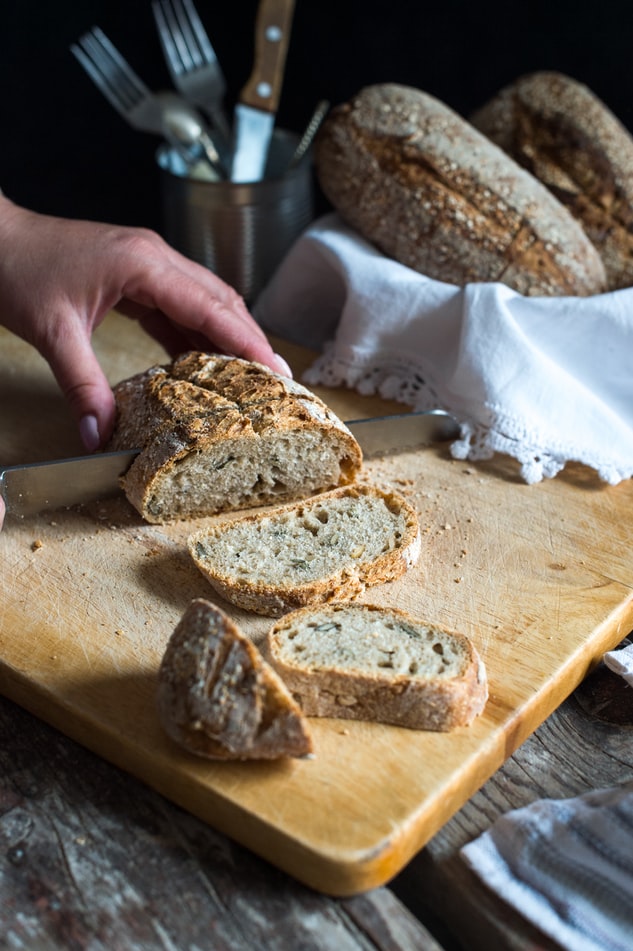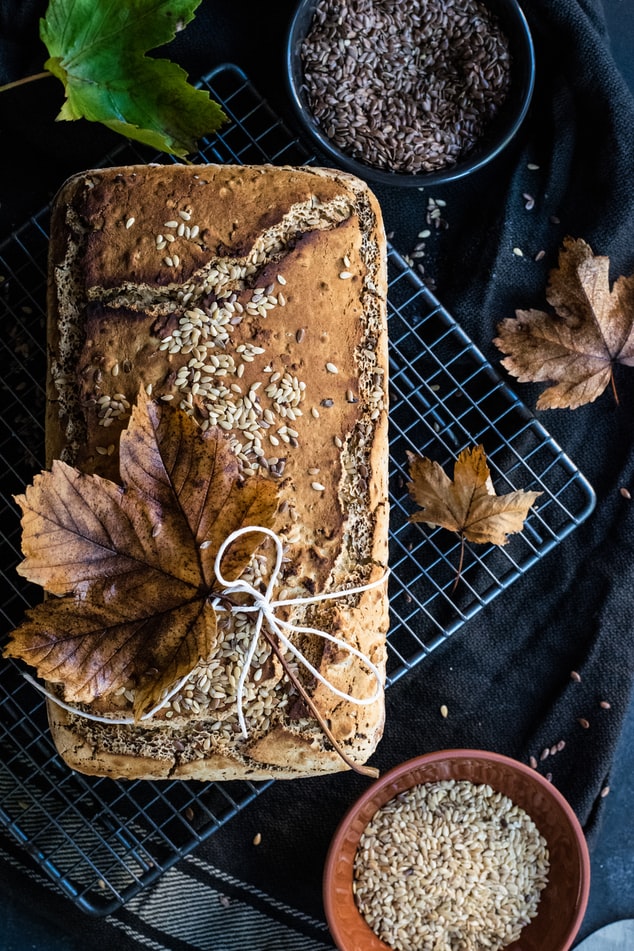Who doesn’t love the smell of fresh bread? It’s well known that stores will often spread the smell of baking to their entrance in order to entice customers inside!
 Photos By: Unsplash
Photos By: UnsplashWith the American Bakers Association reporting that the baking industry generates more than $30 billion each year in revenue, and that the economic impact of baked goods totals $423 billion, it’s no surprise that keeping up with the latest baking trends is big business for anyone who loves creating, selling or eating donuts, pastries and rolls. The question is, where will the business of baking branch out next?
Flour for days
We all know about all-purpose flour, but things in the field of grains and wheat are getting much more interesting this year, with stores beginning to stock items such as tigernut, buckwheat, coconut flour and spelt, in addition to some lesser known varieties such as banana flour. With so many different options on offer, bakers can get more creative, experimenting with never-baked-before treats and savory snacks in adventurous ways. Green banana flour bread with a bit of added apricot, anyone?

Sustainability in baking
Everybody who keeps up with the news will understand that sustainability is having an impact on the way people do things across the globe – and the same goes for baking. Increasingly, incorporating healthy, allergy free substitutes is forming a big part of new recipes, with butter, egg and milk substitutes being used to bring forward a whole new way of baking brownies, cookies and cakes that are different in make up, but still the same style as more traditional options. Just as with many other delicious dietary categories, there are lots of food subscription boxes available especially for baking – so one option for expanding your culinary repertoire might be to take a look at some of the baking boxes out there, and see if you can discover new baking tricks and techniques along with some different and interesting ingredients.
If you’re still using dairy, then the range of alternatives is evolving there too, and curd, mascarpone and labneh are some of the new arrivals on the baking scene, replacing standard dairy ingredients. Baking with a wider variety of elements, often more plant based, echoes the move towards responsibility for the planet, which is being seen in a huge range of sectors, including the culinary world. This even extends into baking equipment, with sustainable knives, chopping boards, plates and cutlery all available to prepare and show off your creations.

It’s not all about taste
Yes, taste is obviously important. However, many bakers are now working on making their creations a complete multi-sensory experience, focusing on textures, flavors and shapes that work together to create a picture-perfect, delightfully balanced whole. Crunchy cookie can mingle with airy dairy, and foods that melt in your mouth can be paired with flavors that leave a delightful lingering aftertaste. In the food industry, generally this is known as ‘gastrophysics’, a field of science which looks at how our brains interpret and understand sensory cues given as we eat, and how that influences the way we perceive food too. At the end of the day, people may not understand why they love your baking, but the important thing is that they do.
Mixing up menus
The middle east offers a huge amount of influence on baking currently, with recipes involving saffron, sumac, tahini and pomegranate on the up. Medjool dates play a big part in the sustainability agenda discussed above, and many other middle eastern ingredients also fit the responsible and eco-friendly baking bill. Ever tried semolina pudding flavored with rose and vanilla? It might sound a bit odd, but it tastes delicious – and there are a wide variety more similar examples to choose from if you want to make something a little bit different.
Whatever your baking preferences and style, get ready to incorporate a whole new range of ingredients and ideas into your repertoire, and feel good doing it. It’ll help your health, your culinary community, and ultimately, the world.
